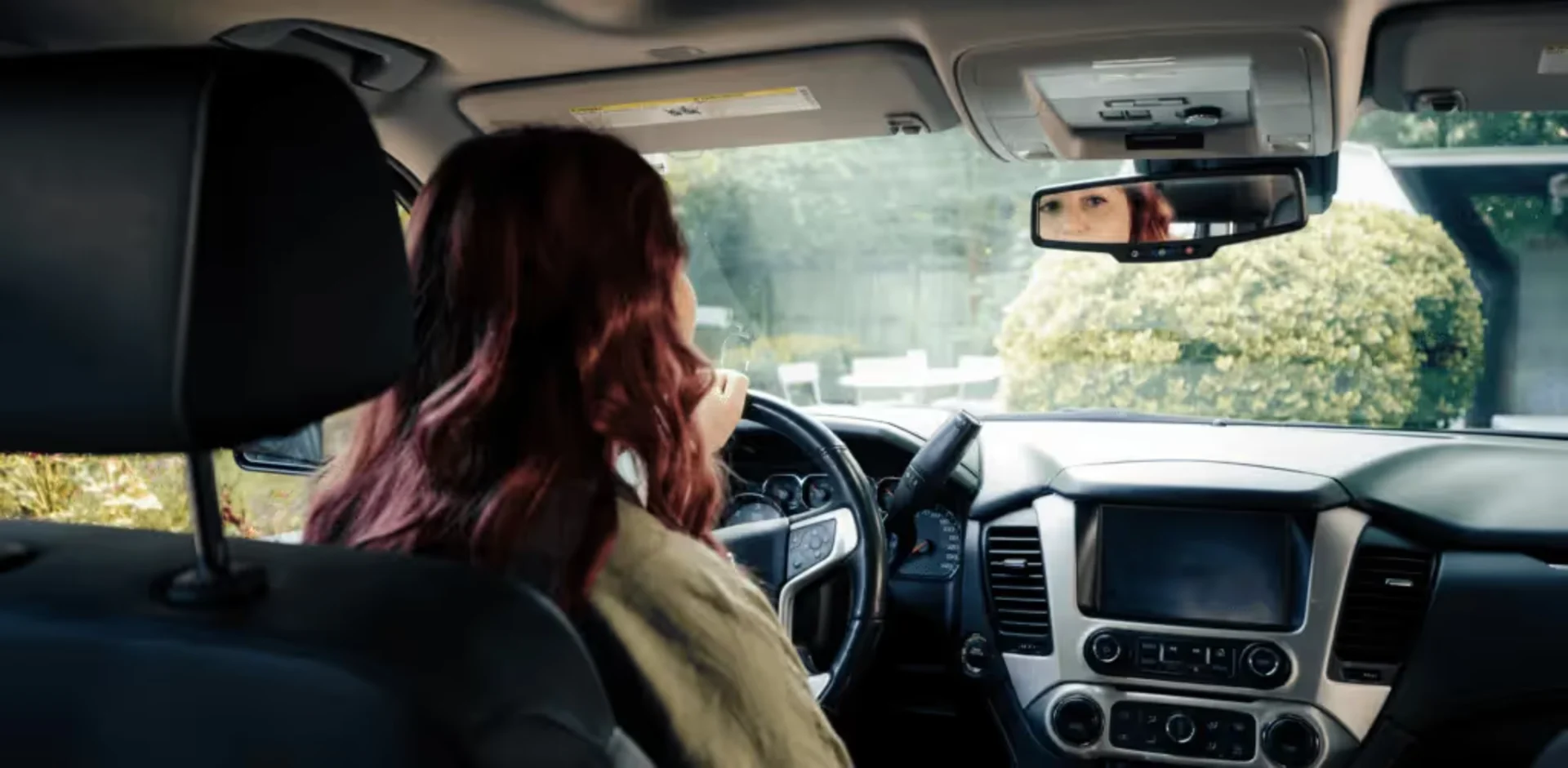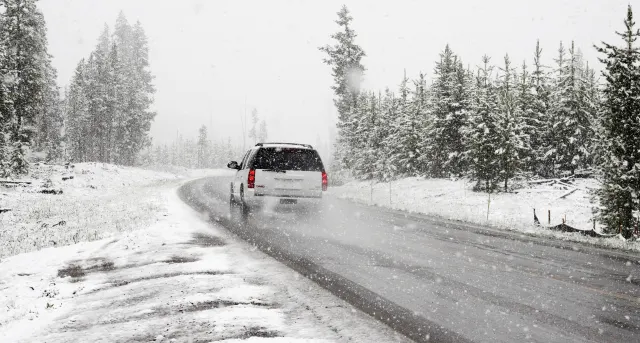When your kids get to driving age, it’s an exciting and scary time for everyone. Your teen is excited for the freedom that comes with driving, and you’re excited for that freedom, too—no more chauffeuring your child from practice to practice and event to event. However, the roads are dangerous, and learning to drive is no easy task.
When your child reaches your state’s minimum age to get their learner’s permit, it’s time to teach them to drive—even if you can’t believe that time has come already! We know how they grow up fast. To help make the transition and learning process as easy as possible, we’re sharing some practical tips for teaching a teenager to drive. Buckle your seatbelts, squeeze that grab handle, and take a few deep breaths. It’s time to drive!
How to Teach Your Teen to Drive
Enroll your new driver in a driving course.
Even if you’re planning to teach your child yourself, that doesn’t eliminate the need for driving school. There is a ton of information to cover in a learner’s course, and you might have forgotten more than you think from your own driver’s ed days. (If you even had any!) Plus, the more instructors your teenager has, the better. It’ll help them learn all styles and retain more information.
Also, don’t only enroll your child in driver’s ed and expect that to be adequate training. They do a great job, but it’s no substitute for the one-on-one attention you’ll provide. Plus, you can give your teen a lot more driving hours than any driving school will! Commit to both a driving instructor and your personal driving lessons.
Notify your insurance company.
Don’t forget this part! Once your teen starts driving your car, they need to be listed on your insurance as an additional licensed driver. If they were to get in a fender bender, you want to make certain your insurance will cover the damages!
Teach your teen about the vehicle.
Teaching your child about the vehicle they’ll be operating is just as important as teaching them to drive. So, start your lessons in the driveway, getting your teen familiar with all the controls and symbols. Teach them about the brakes and gas pedals, check engine light, how to open the gas tank, the gear shifter, measuring tire pressure, and everything else about the car!
Then, show them how to adjust everything to their height and comfort. Help them change the position of the seats, steering wheel, and mirrors so they’re driving safely and comfortably. All this knowledge will give them extra confidence when the wheels start turning.
Remember your teen will naturally be a distracted driver while learning.
Your teen driver will naturally be distracted—and no, it’s not for the usual reasons. They won’t be texting or taking their hands off the wheel to snack on the go (because you’ll teach them not to do these things, of course!). They’ll be distracted because everything they’re experiencing while driving is new! Your teen’s senses will be on high alert and as every small distraction in the car is fighting for their attention.
Be understanding of all these stimuli and try to communicate calmly to keep them focused. Additionally, eliminate as many distractions as possible. Here’s a complete driving distraction list to give you an idea of what you need to get rid of. In fact, ditch these distractions altogether, no matter who is driving!
Plan out the driving skills you want to go over.
Long before you’re handing your child the keys to the car, you should have a lesson plan of everything you want to cover. Make a list of all the topics: blind spots in lane changes, emergency stops, backing up, parking, filling up with gas, etc. Then, decide when and how you’ll cover those points! That way, every lesson is organized and you don’t have to worry about forgetting something important.
Start practicing in an empty parking lot and build up from there.
Before you practice driving on the road, practice driving in an empty parking lot. Here, your teen won’t just practice pulling into a parking space, but they will roleplay all aspects of driving! With few obstructions, distractions, and other drivers, your teen can get used to operating the vehicle stress-free.
Once you feel your teen has good control in the parking lot, move to quiet residential roads with traffic lights with intersections and stop signs, then city streets, and finally higher speeds on highways! Take it slow and make sure you and your teen feel confident about their skills before proceeding to a more challenging environment.
Go over passenger safety too.
For a teen to be as safe as possible on the road, they need to know and enforce passenger safety. If they’re ever driving with siblings or friends, it’s vital they understand how everyone should be buckled and positioned. Even if they’re going to just be a backup driver in case of an emergency, your teenager should know how to fasten siblings into their car seats and safely get everyone where they need to be.
You can also review the hazards of projectiles, poor seat posture, and distracted driving. And, trust us, if there are other teens in the car, there will be distractions! Beyond educating them on these topics, show them how to enforce vehicle safety in peer situations. What if their friend says they won’t wear a seat belt? What if one of them has their feet on the dash? How should they respond if things get too noisy and chaotic? These are all great scenarios to review with your teen!
Prepare your teen for all driving circumstances.
When you’re teaching your teen to drive, ensure that you’re preparing them for all driving circumstances and conditions. If you live in a smaller city or rural town, don’t forget that your teen will someday need to parallel park, drive on the interstate, and interpret various city traffic signs. Prepare them for these future encounters!
Conversely, if you live in a city, remember the whole world isn’t well-lit paved straight lines. Have your teen practice driving on gravel roads, with limited road signage, and in more dimly lit areas. You should also equip your teen for bad weather conditions, such as fog and sleet, especially if your location experiences a lot of extreme weather. The point is, don’t just get them ready for the trip to and from school. Prepare them for as much as you can!
Stay calm and kind.
Remember that you’re a teacher and coach. You need to have patience with your teenager and realize they’re going to make mistakes. Stay cool and collected to give your child the best chance at success! Once your teen feels frustrated or frazzled, they’ll make more mistakes, which will plunge you both into a frustrating cycle of mistakes and irritation.
Help them study for the knowledge test.
Don’t forget that they have a book test, too! Help them study for this exam using flashcards and practice tests. You can even incorporate the information into your driving lessons! Plus, reviewing your book will be good for you too.
Set driving expectations and rules.
Your teen may be dreaming of a spring break road trip with friends while you’re stressing over them driving to school and back. Before your teen gets their license, go over your expectations and rules. How late can they stay out? Where are they allowed to drive to? Who are they allowed to drive with? What is allowed in the vehicle, and what is not? For even more guidance on this, check local and state laws for young drivers. For example, some states or counties have a curfew for teen drivers (with exceptions for work or school-related travel) or limit the number of non-sibling minors that can ride in the car when a teen is behind the wheel.
They may at first see this as unfair, but remind them that safety is your number one priority and it should be theirs too. After all, teenagers are twice as likely to get in an injury accident over other drivers. (And, three times more likely at night!) Keep them safe with your firm and loving boundaries!
Lead by example.
One of the best ways you can teach your teen to be a safe driver is to practice good driving yourself. Follow speed limits, come to a complete stop, avoid multitasking, buckle up, and always practice defensive driving! If you make safety a priority every time you drive, they naturally will too. Be the best driver you can be—and expect some backseat driving when your teen starts their driving course. Receive it with gratitude. If the correction is important to you, it’ll be important to your teen as well.
Driving Checklist For Beginners
With patience, a set plan, and these tips, you can teach your teen to be a great driver!
It’s scary to think of your teen being out on the road, but it’s inevitable! Set them up for success in this stage of independence by giving them all the tools and knowledge they need to be safe drivers. Talk regularly about vehicle safety and keep close tabs on their habits. Soon, they’ll pass their test and be cruising safely down the street.
For more information on vehicle and car seat safety, explore our blog. It’s full of must-have information on vehicle and car seat use. The more you know, the safer you can keep your family!
Affiliate links are included above. Safe in the Seat earns a small commission when you purchase through these links with no cost to you. We so appreciate your support.






